What's the old-fashioned way?
We can learn about it from the song Moyshele, by Mordecai Gebirtig. Gebirtig is the same guy who wrote Reyzele, that song with the whole thing about whistling.
Here's Moyshele:
And here's the story of Moyshele: Two old friends meet. One of them says, " How are you, Moyshele? I knew you in an instant. You were my friend many years ago in Hebrew School. The rabbi still stands before me, his cane in his hand. Oh where have those years gone? … My heart yearns for that angry rabbi … How are you, tell me, my friend? Your smile now reminds me of your stubbornness when you were a child. The rabbi thrashes you, you're upset and pale, but you smile anyway. The rabbi jumps with rage … Oh, my heart yearns for those lashes from the rabbi …"
Lest you think that Gebirtig was embellishing the truth, I have here a long list of questions* posed by Ansky's ethnographic team, which I've mentioned before:
440. List all the punishments, whether corporeal or psychological, that occur in the kheyder.
441. Does the beating of students occur in all kheyders or just some of them?
442. Do you notice the beating of students gradually disappearing from kheyders?
443. At what age are students usually no longer beaten?
444. For what does one most often strike the students: for mischief, for poor comprehension, or for bad habits?
445. With what are they beaten? (a whip, a rod, or a yarmulke, how many tails in the whip, how many rods in the bundle)?
446. Are there still melamdim who always keep a rod stuck in the door so that the students can see it? Are there still melamdim who soak the rods in salt water?
This goes on for a while till we get to …
452. Does the teacher ever command one child to beat another?
and
454. Does the teacher ever command the children to taunt the beaten child?
and
456. What derisive jokes and songs are there about a beaten child?
And my personal favorite:
457. Do you know of a phenomenon from the past in which every Thursday the entire kheyder was beaten, guilty and innocent alike?
So Isaac my friend: I don't care how you do on Saturday. Just for not having to go through all that, you're already a winner in my book.
* from Deutsch, the Jewish Dark Continent
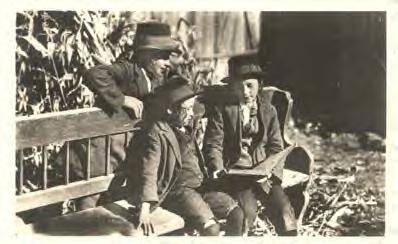
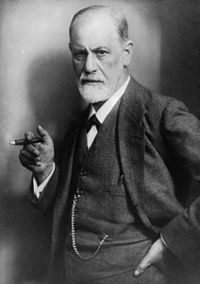

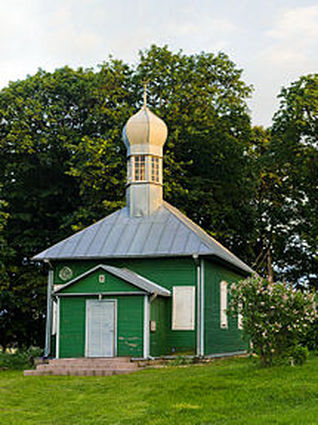
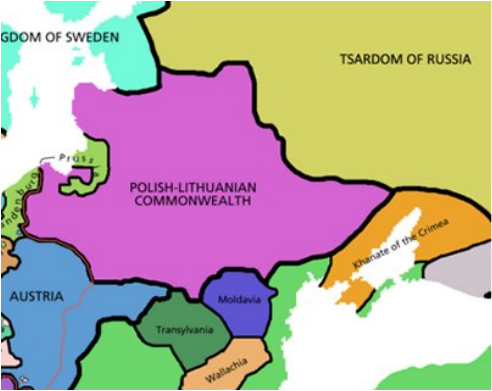
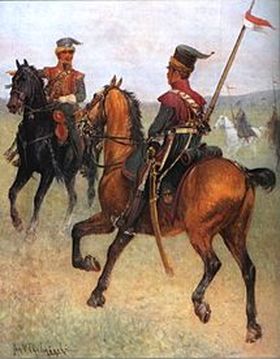
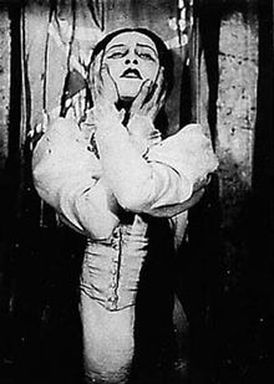

 RSS Feed
RSS Feed